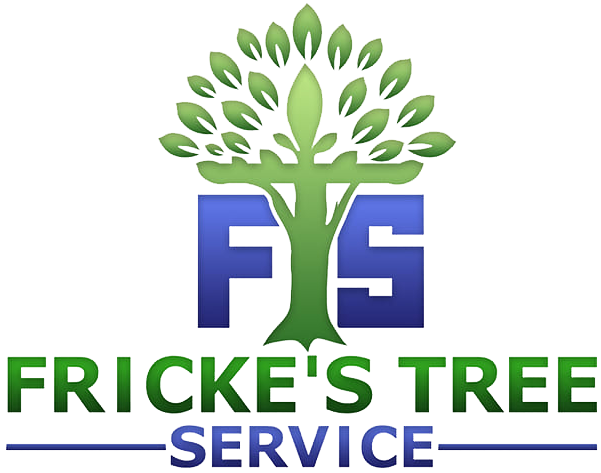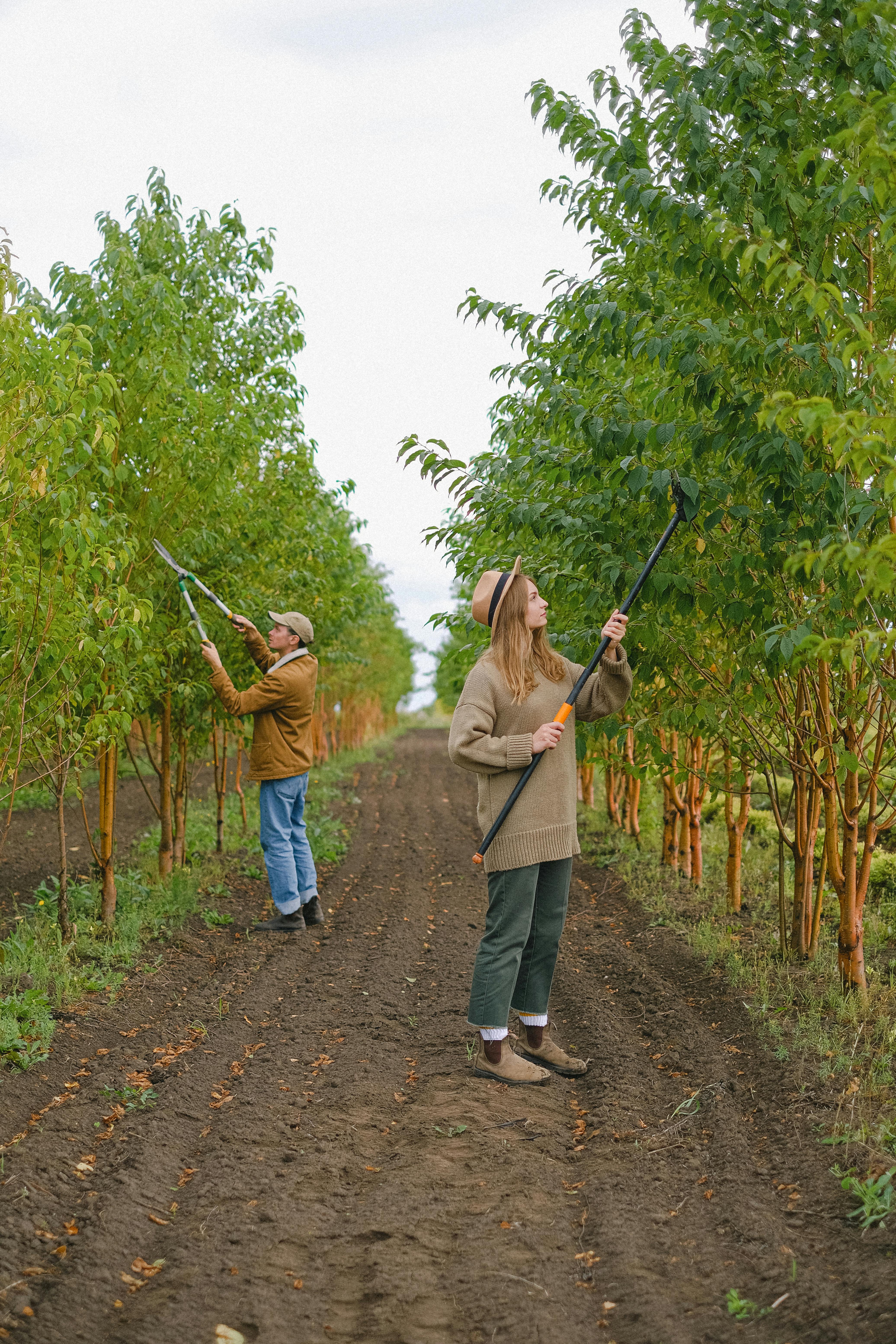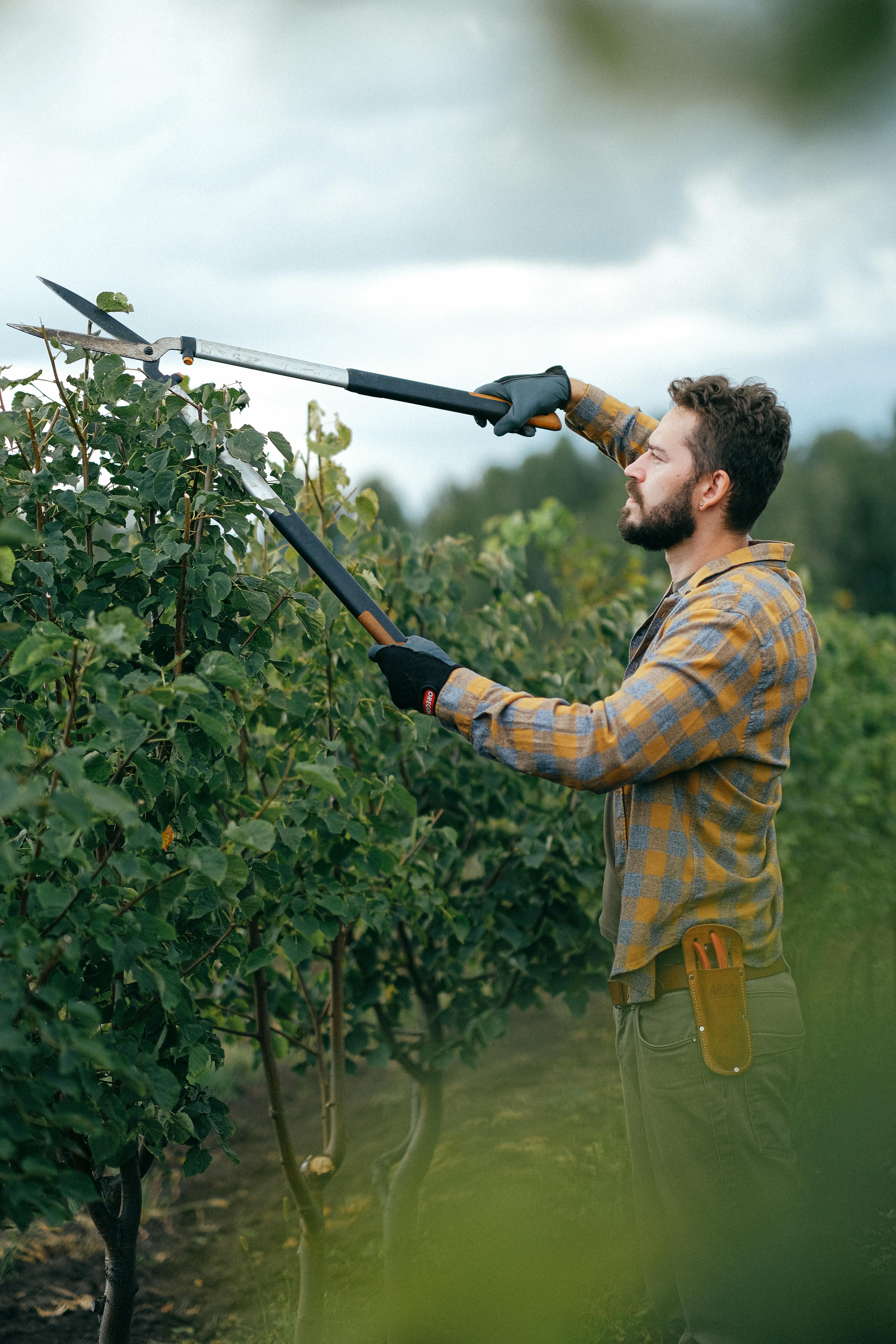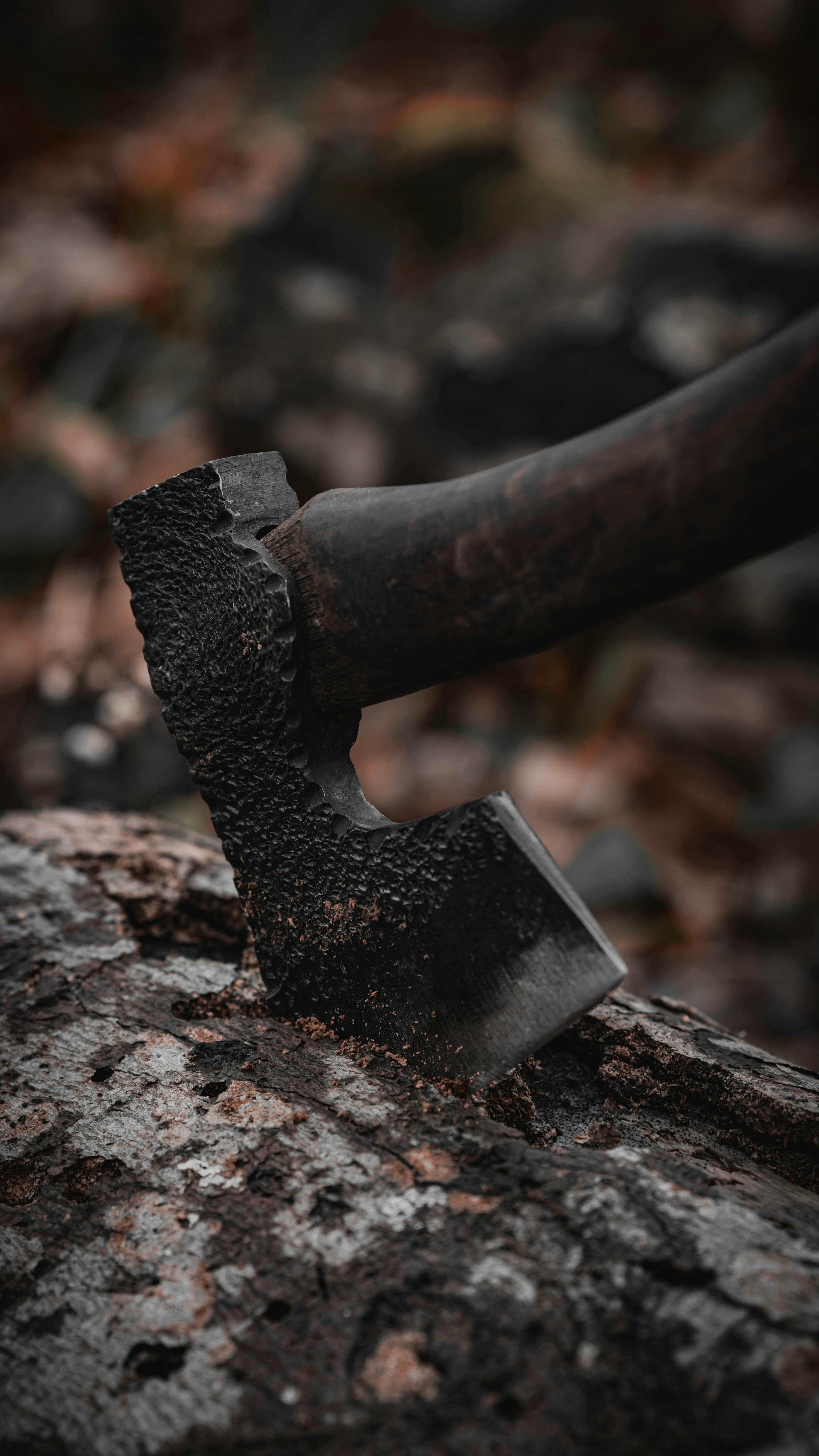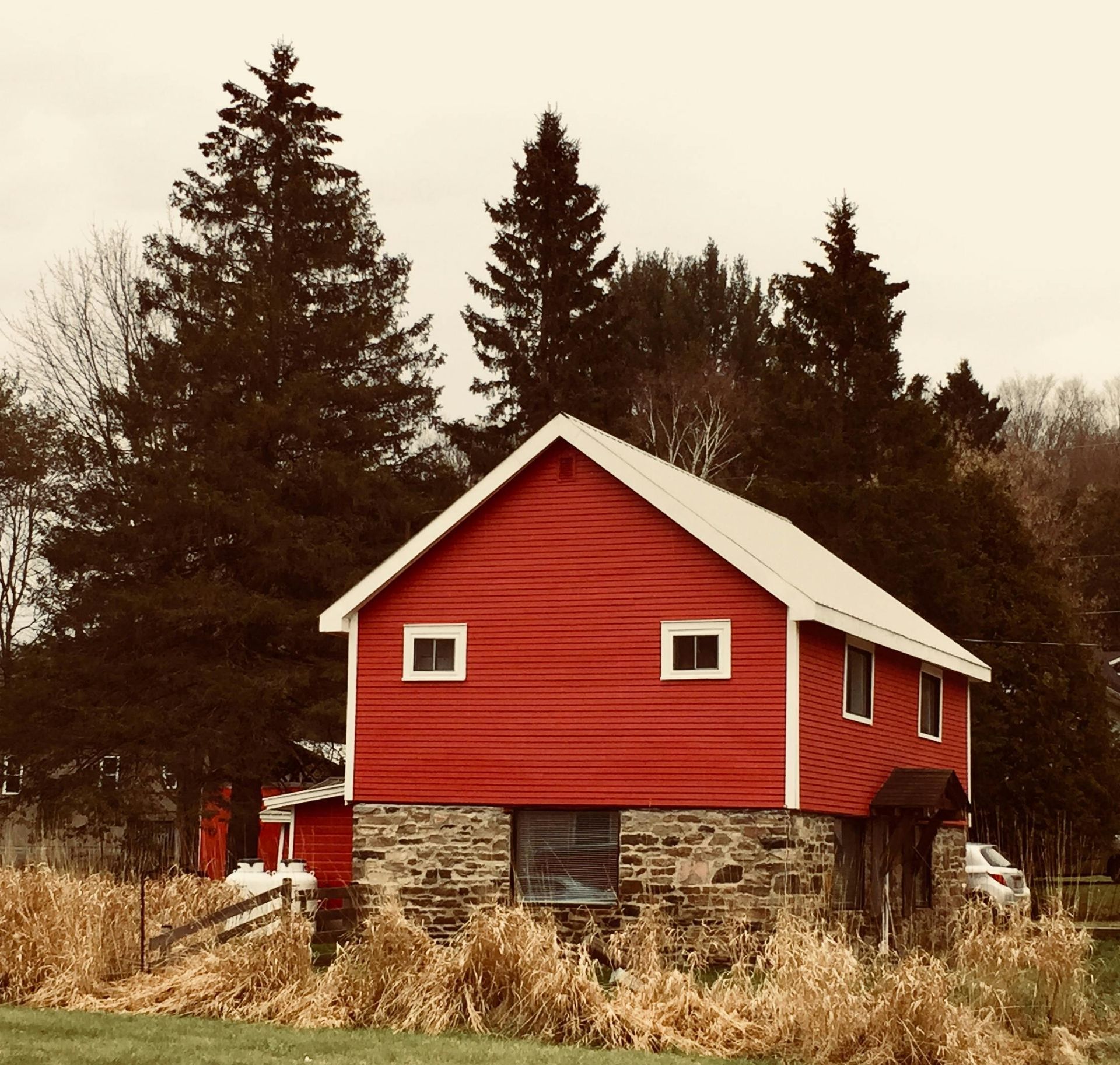Fricke's Tree Service
Understanding Why Your Tree is Shedding Leaves
Why Is My Tree Losing Leaves?
Understanding Leaf Loss in Trees
Experiencing leaf loss in your trees can be concerning and alarming. Trees are vital to our environment, providing shade, beauty, and oxygen that we all rely on. When they start shedding leaves, it can indicate underlying issues that need immediate attention. In this blog post, we will explore the various reasons behind leaf loss in trees, how to identify the problem effectively, and what proactive steps you can take to help your tree recover and thrive once again.Common Reasons for Leaf Loss
Leaf loss can occur for a multitude of reasons, ranging from natural seasonal changes to serious health issues that may threaten the life of the tree. Here are some common causes that you should be aware of:- Seasonal Changes: Many trees naturally lose their leaves in the fall as part of their life cycle, which is a normal and expected process.
- Water Stress: Both overwatering and underwatering can lead to significant leaf drop, affecting the overall health of the tree.
- Pests and Diseases: Infestations or infections can weaken trees and cause them to shed leaves prematurely, leading to further complications.
- Nutrient Deficiencies: A lack of essential nutrients can adversely affect a tree's health and lead to leaf loss, stunting its growth.
- Environmental Stress: Factors like extreme temperatures, pollution, or soil compaction can severely impact tree health and vitality.
Seasonal Changes: A Natural Process
Understanding the natural cycle of trees is crucial for any tree owner. Deciduous trees lose their leaves in the fall to conserve water and energy during the winter months. This process is entirely normal and should not cause alarm among tree caretakers. However, if your tree is losing leaves outside of this seasonal pattern, it may indicate a more serious problem that requires your attention.Signs of Seasonal Leaf Loss
To determine if leaf loss is seasonal, look for the following signs that can help you identify the natural process:- Leaves changing color before falling, typically to shades of yellow, orange, or red.
- Consistent leaf drop across the entire tree, rather than just in isolated areas.
- Timing aligns with the typical seasonal changes in your area, such as the onset of fall.
Water Stress: The Importance of Proper Hydration
Water stress is one of the most common reasons for leaf loss in trees. Trees require a balanced amount of water to thrive and grow healthily. Both overwatering and underwatering can lead to significant issues that can compromise the tree's health.Overwatering Symptoms
Overwatering can suffocate roots, leading to root rot, which can be detrimental to the tree's overall health. Signs of overwatering include:- Yellowing leaves that may appear droopy.
- Leaves falling prematurely, even when they are still green.
- Soft, mushy roots when inspected, indicating rot.
Underwatering Symptoms
On the other hand, underwatering can cause trees to become severely dehydrated, leading to stress and leaf loss. Symptoms of underwatering include:- Wilting leaves that may curl or droop.
- Brown, crispy leaf edges that indicate dryness.
- Leaf drop during dry periods, especially in hot weather.
Pests and Diseases: Identifying the Culprits
Pests and diseases can wreak havoc on trees, leading to significant leaf loss and overall decline in health. Common pests include aphids, spider mites, and caterpillars, while diseases can range from fungal infections to bacterial blight that can severely affect tree vitality.Identifying Pests
Look for the following signs of pest infestations that may be affecting your tree:- Visible insects on leaves or branches, which can often be seen with the naked eye.
- Sticky residue (honeydew) on leaves, which is a byproduct of certain pests.
- Webbing or holes in leaves, indicating damage from feeding insects.
Identifying Diseases
Common signs of tree diseases include:- Discoloration or spots on leaves that may indicate infection.
- Fungal growth on the bark or leaves, which can be a sign of a serious issue.
- Unusual growths or galls on branches, which can indicate a disease or pest problem.
Nutrient Deficiencies: The Role of Soil Health
Nutrient deficiencies can significantly impact a tree's health and growth. Essential nutrients include nitrogen, phosphorus, and potassium, which are vital for overall tree vitality. A lack of these nutrients can lead to poor growth and leaf loss, making it crucial to monitor soil health.Signs of Nutrient Deficiencies
Watch for these symptoms that may indicate nutrient deficiencies:- Stunted growth that fails to meet seasonal expectations.
- Yellowing leaves, especially older leaves, which can indicate nitrogen deficiency.
- Poor fruit or flower production, signaling a lack of essential nutrients.
Environmental Stress: External Factors Affecting Trees
Environmental stressors can also lead to leaf loss and overall decline in tree health. Factors such as extreme weather, pollution, and soil compaction can affect a tree's ability to thrive and flourish in its environment.Identifying Environmental Stress
Signs of environmental stress include:- Leaf scorch or browning due to excessive heat or sun exposure.
- Leaf drop during drought conditions, indicating a lack of moisture.
- Slow growth or dieback in branches, which can be a sign of stress.
What to Do If Your Tree Is Losing Leaves
If you notice your tree losing leaves, it's essential to take action promptly. Here are steps you can follow to address the issue effectively:Assess the Situation
Start by assessing the tree's environment and health. Check for:- Watering practices to ensure they are appropriate for the tree's needs.
- Signs of pests or diseases that may be affecting the tree.
- Soil quality and nutrient levels to determine if amendments are needed.
Adjust Watering Practices
Ensure your tree is receiving the right amount of water for optimal health. Consider the following:- Water deeply but infrequently to encourage deep root growth.
- Use mulch to retain moisture and regulate soil temperature.
- Monitor rainfall and adjust watering accordingly to prevent stress.
Treat Pests and Diseases
If you identify pests or diseases, take appropriate action to mitigate the problem:- Use insecticidal soap or neem oil for pests to help control infestations.
- Consult a professional for severe infestations that may require specialized treatment.
- Apply fungicides for fungal infections to help restore tree health.
Improve Soil Health
Enhancing soil health can help prevent nutrient deficiencies and promote overall tree vitality:- Test soil for nutrient levels to determine what amendments may be needed.
- Add organic matter or fertilizers as needed to boost nutrient content.
- Ensure proper drainage to prevent root rot and other moisture-related issues.
When to Seek Professional Help
If your tree continues to lose leaves despite your efforts, it may be time to consult a professional arborist. They can provide a thorough assessment and recommend specific treatments tailored to your tree's needs.Signs You Need Professional Help
Consider seeking help if you notice:- Severe leaf loss across multiple trees, indicating a potential widespread issue.
- Visible signs of disease or pest infestation that are beyond your control.
- Structural issues with the tree, such as leaning or cracks that could pose a risk.
Conclusion
Understanding why your tree is losing leaves is crucial for its health and longevity. By identifying the cause and taking appropriate action, you can help your tree thrive and flourish in its environment. If you're unsure about the next steps or need assistance, don't hesitate to reach out for professional help to ensure your tree receives the care it needs. For more information or to request an estimate, please visit Frick's Tree Service , where you can find expert advice and support for your tree care needs.RECENT POSTS
Interested in Our Services?
Get in touch today to discuss your next project and we will happy to answer any questions and provide you with a no-obligation FREE Estimate.
Contact Details
Address: 427 Pleasant Oaks Trl, Osteen, FL 32764, United States of America
Phone: (321) 240-5613
Email: jonfric@yahoo.com
Quick Links
Contact Details
Address: 427 Pleasant Oaks Trl, Osteen, FL 32764, United States of America
Phone: (321) 240-5613
Email: jonfric@yahoo.com
